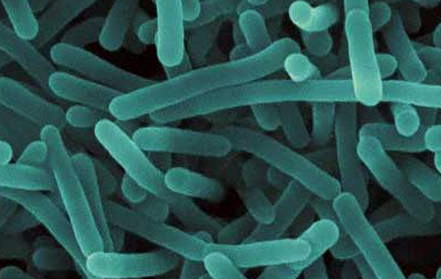Attend the Listeria Detection & Control Workshop, May 31–June 1 in St. Paul, MN | LEARN MOREAccording to the CDC’s Foodborne Outbreak Online Database (FOOD Tool), there were 29 Listeria outbreaks between 2010 and 2014, resulting in 325 illnesses and 68 deaths (nearly a 21% fatality rate). In light of the recent reports that the U.S. Department of Justice is looking into Blue Bell Creameries following the Listeria outbreak in its facilities that killed three people, food companies need to have a strong mitigation and control program before it’s too late. The government is placing is a higher level of accountability on employees at all levels within food organizations and no one, including company executives, are immune to it.
“It’s extremely important that we understand how deadly Listeria is,” said Gina Nicholson-Kramer, founder and executive director at Savour Food Safety International, Inc. during a Listeria workshop at the 2015 Food Safety Consortium. “We’re put here to protect our consumer.”
Containing what may be growing (and rapidly spreading) within the nooks and crannies of a facility is a challenge. To learn more about how to prevent product contamination within all areas of food production, read the column by Nicholson-Kramer and Jeff Mitchell, vice president of food safety at Chemstar, Activate Your Listeria Mitigation and Control Program.
| Fast Listeria Facts | |
|
Types of Infections |
Non-invasive gastroenteritis: Self-limiting, diarrhea, fever, fatigue
Invasive gastroenteritis: Headache, stiff neck, loss of balance |
|
At-Risk Populations |
Pregnant women, neonates, elderly, immune-compromised |
|
Where It’s Found |
Soil, water, silage, manure, sewage, processing plants |
|
How It Spreads in Facilities |
Foot traffic, wheels, forklifts, pallets, boxes, bins |
|
Average Fatality Rate |
Up to 25% |
|
Other Traits |
Psychrophilic bacteria (grows well in cold temperatures)
Adheres to surfaces and creates biofilms on equipment that is difficult to remove (Preventing transient Listeria from becoming resident Listeria is critical) |



